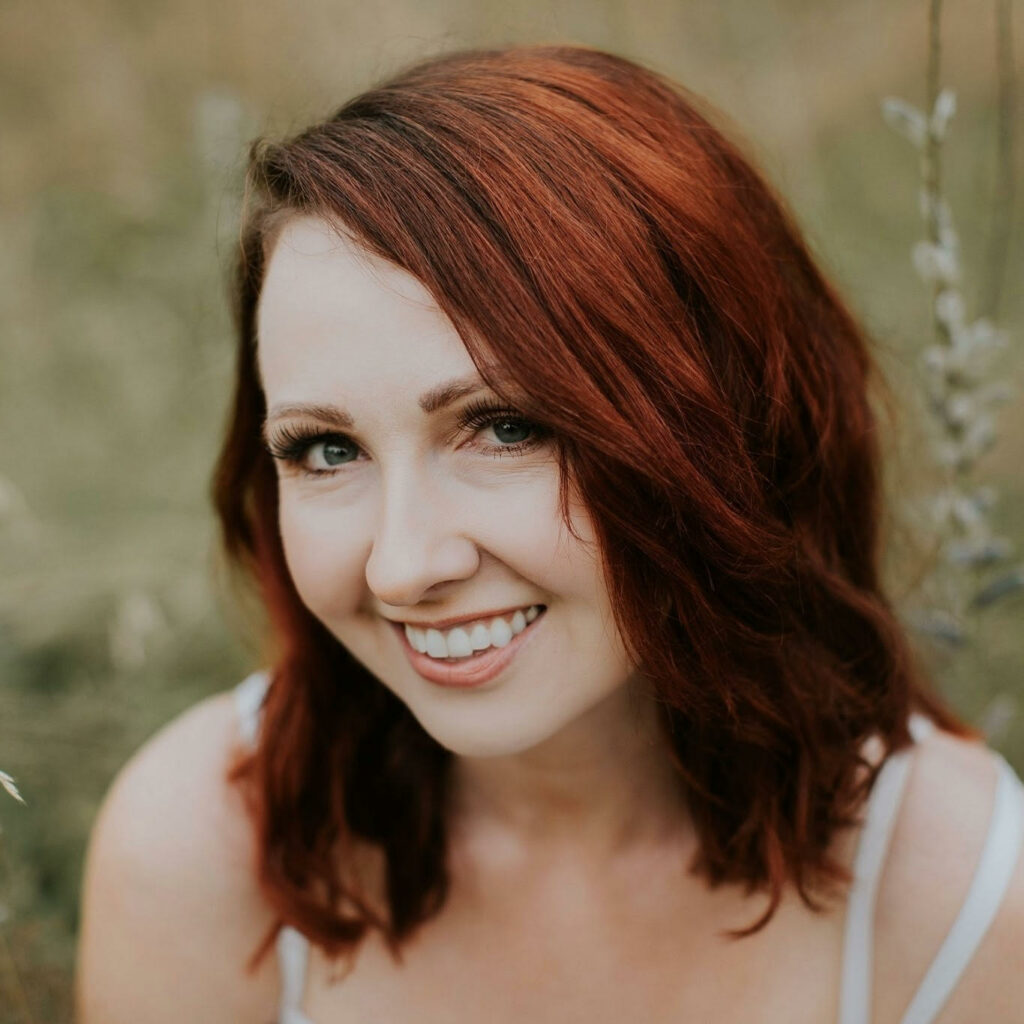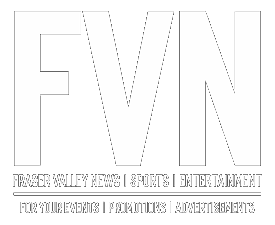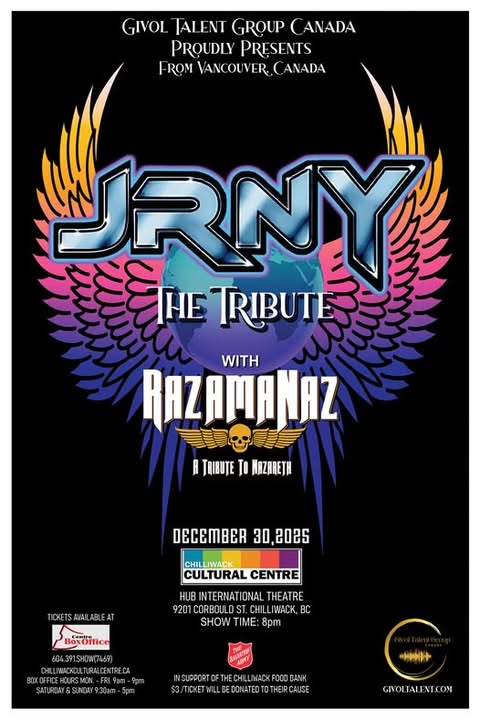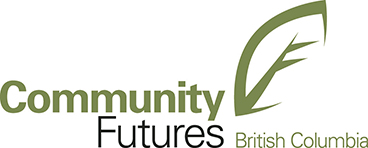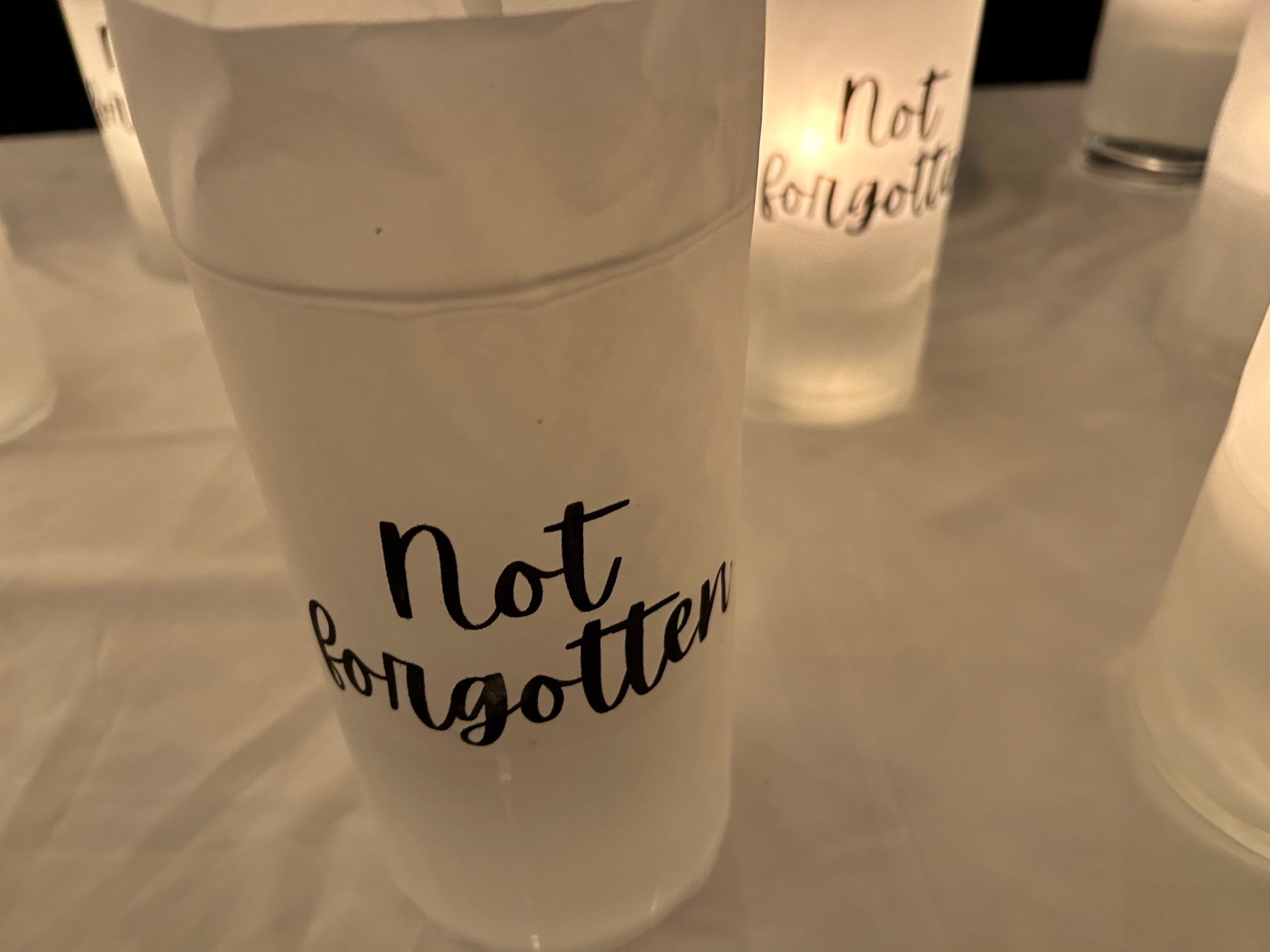Langley – Kristyl Clark is a blogger and better known for ValleyMom.ca
She was not far away from the recent shootings in Langley that allegedly targeted the homeless.
From her blog:
It’s a devastating day (July 25) in the Fraser Valley, and it’s one that has many of us shaken to our core.
We woke early this morning to the horrific news of a shooter on the loose in Langley, B.C.. After the initial shock came disbelief, followed by a frantic Internet search.
This isn’t supposed to happen here. But it did.
Less than five minutes from the townhouse where our family resides, victims were shot dead, and two others seriously hurt, prompting a manhunt and advisory for people to stay home.
The alerts came fast a furious. Everyone felt helpless and confused.
Businesses were closed, parents were on the edge of whether to send their children to daycare or camp, and many early risers already on route to work witnessed the carnage.
The shooter, whose name wasn’t released at the time of writing this post, targeted transient victims between 12 a.m. and 5 a.m.
According to the latest Fraser Valley Regional District (FVRD) survey, done every three years, there has been a significant increase in homeless individuals in the Fraser Valley. In 2017, the count revealed 606; in 2020, there were 895.
From extreme weather, both hot and cold, to escalating costs of living and surviving a pandemic to the most significant drug epidemic our province has ever faced, the homeless are some of society’s most vulnerable, at-risk population.
A study done in 2010 by Harris and Fiske showed that many people don’t see homeless people as real human beings – that they aren’t worthy of our money, concern, and condolences.
I’m sure some secretly breathed a sigh of relief that it targeted the homeless so that ‘regular’ people were safe.
The reality is that homeless people are ‘regular’ people and are someone’s sister, daughter, brother, grandfather, etc.
Homelessness can take many forms, with people living on the streets, in encampments or shelters, in transitional housing programs, or doubled up with family and friends.
As a young child, I spent a lot of time visiting my dad in these places. My brother and I roller-skated in the basement of a halfway house every second Sunday and lined up for dinner service with the residents. I brought my baby to the halfway house on Vancouver’s downtown east side to visit her grandfather for the first time. Everyone was welcoming and warm –all were real people who were down on their luck. As a young reporter, I visited homeless tent setups out in fields to interview men and women who are living on the fringe of society. As an adult, I have friends who were homeless, and know acquaintances from a recovery program who have gone back out to live on the street, succumbing to their addiction.
Mental illness, poor choices, and addiction were evident but not always to blame.
This isn’t supposed to happen here, but it did. While we can’t erase what happened, we have two choices.
1- Continue to blindly follow a neoliberalist and classist view that homeless people are to blame for their misfortune, whether it be an overdose or death via shooting.
2- Do something to help.
While many communities have made significant steps toward addressing homelessness and its challenges, we still have a long way to go. Here are some resources that list ways people can help serve this vulnerable community. Please feel free to list any I may have missed.
https://www.options.bc.ca/…/shelters-housing-services…
https://bc.211.ca/shelter-lists…
https://sscss.org/contactus.html
